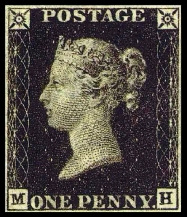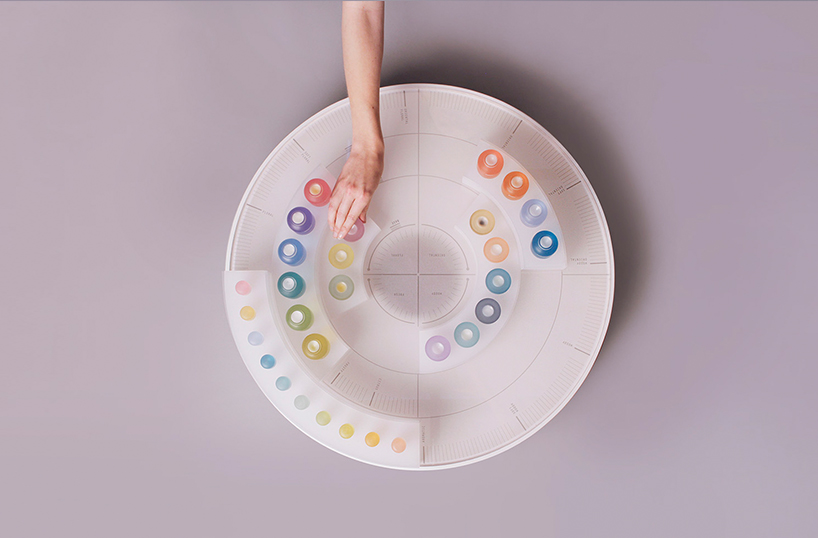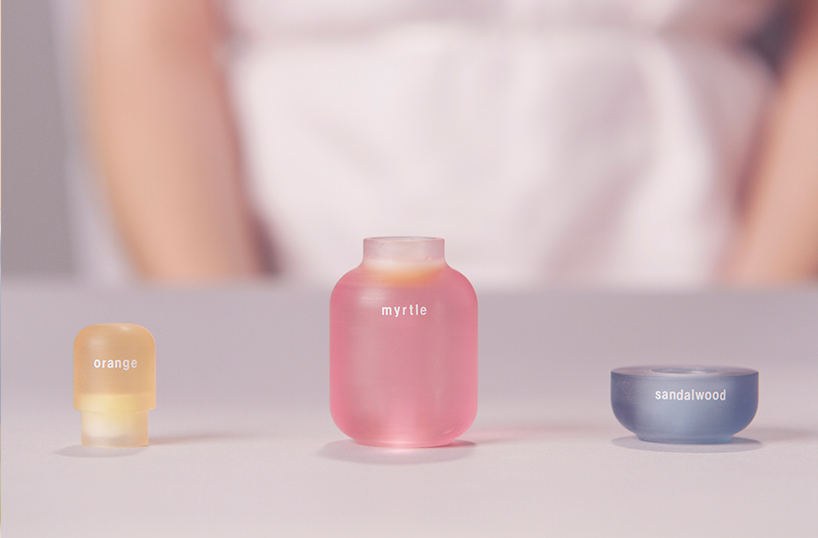O ornamento criado hoje em dia não tem qualquer relação connosco, nenhuma relação humana, nenhuma relação com a ordem universal. 229
Ornamento e crime, Adolf Loos – 1908
O ornamento criado hoje em dia não tem qualquer relação connosco, nenhuma relação humana, nenhuma relação com a ordem universal. 229
Ornamento e crime, Adolf Loos – 1908
Beauty is truth, truth beauty—that is all
Ye know on earth, and all ye need to know.
_
Ode on a Grecian Urn, John Keats
All things in nature have a shape, that is to say, a form, an outward semblance, that tells us what they are, that distinguishes them from ourselves and from each other.Unfailingly in nature these shapes express the inner life, the native quality, of the animal, tree, bird, fish, that they present to us; they are so characteristic, so recognizable, that we say simply, it is “natural” it should be so. Yet the moment we peer beneath this surface of things, the moment we look through the tranquil reflection of ourselves and the clouds above us, down into the clear, fluent, unfathomable depth of nature, how startling is the silence of it, how amazing the flow of life, how absorbing the mystery! Unceasingly the essence of things is taking shape in the matter of things, and this unspeakable process we call birth and growth. Awhile the spirit and the matter fade away together, and it is this that we call decadence, death. These two happenings seem jointed and interdependent, blended into one like a bubble and its iridescence, and they seem borne along upon a slowly moving air. This air is wonderful past all understanding.
_
Louis Henry Sullivan
Lippincott’s Magazine
The tall office building artistically considered, 1856
Beauty as “the promise of function,” action as “the presence of function,” and character as “the record of function.”
_
Edward Robert DeZurko citando Greenough
Greenough and Beauty in Architecture
https://scholarship.rice.edu/bitstream/handle/1911/62709/article_RIP393_part5.pdf?sequence=1
Whether it be the sweeping eagle in his flight, or the open apple-blossom, the toiling workhorse, the blithe swan, the branching oak, the winding stream at its base, the drifting clouds, over all the coursing sun, form ever follows function, and this is the law. Where function does not change form does not change. The granite rocks, the ever-brooding hills, remain for ages;the lightning lives, comes into shape, and dies in a twinkling.
It is the pervading law of all things organic and inorganic, of all things physical and metaphysical, of all things human and all things superhuman, of all true manifestations of the head, of the heart, of the soul, that the life is recognizable in its expression, that form ever follows function. This is the law.
Are we so decadent, so imbecile, so utterly weak of eyesight, that we cannot perceive this truth so simple, so very simple?
_
Louis Henry Sullivan
Lippincott’s Magazine
The tall office building artistically considered, 1856
http://ocw.mit.edu/…/4-20…/readings/MIT4_205F09_Sullivan.pdf
Foi o primeiro selo postal do mundo. Começou a circular em Inglaterra a 6 de Maio de 1840. A ideia do selo postal para indicar pré-pagamento do correio foi de Sir Rowland Hill, incluída nas suas propostas de 1837 para a reforma do sistema postal Britânico. Design de Henry Cole?

Make it simple, and people won’t buy. Given a choice, they will take the item that does more. Features win over simplicity, even when people realize that feactures mean more complexity. You do it too, i’ll bet. Haven’t you ever compared two products side by side, feature by feature, and preferred the one that did more? Shame on you! You are behaving, well, like a normal person. 55, Donald Norman
The lie of the good taste
It’s all about taste…they say.
Yes, if you are talking about fashion or art. Design is about make things work. Designers can’t argue like “yeah, it looks nice” because everyone have their own taste so…just you and a few will agree. Taste is for those i call opportunists. Real designers work for people. The others work for a space in a museum. Designers elevate humans. The “taste sellers” work for commercial dependence. Pseudo designers, advertisers and marketers know that taste change every day/year. They never work for real human necessities. They never sell a final answer. Taste? Not if you have ethical commitment as a designer.
Scent palette, by Kyugum Hwang
‘Scent palette’ pairs emotional intuition with a system that uses color, shape, and layering to enhance the selection process. A perfume is composed of three ‘notes’ that when blended together, create its own unique smell. ‘scent palette’ uses a tiered rack to separate each note — top, middle, base — allowing users to clearly distinguish the relation between what they’re seeing, and what they’re smelling.

http://www.designboom.com/design/kyugum-hwang-perfume-scent-palette-07-10-2015/